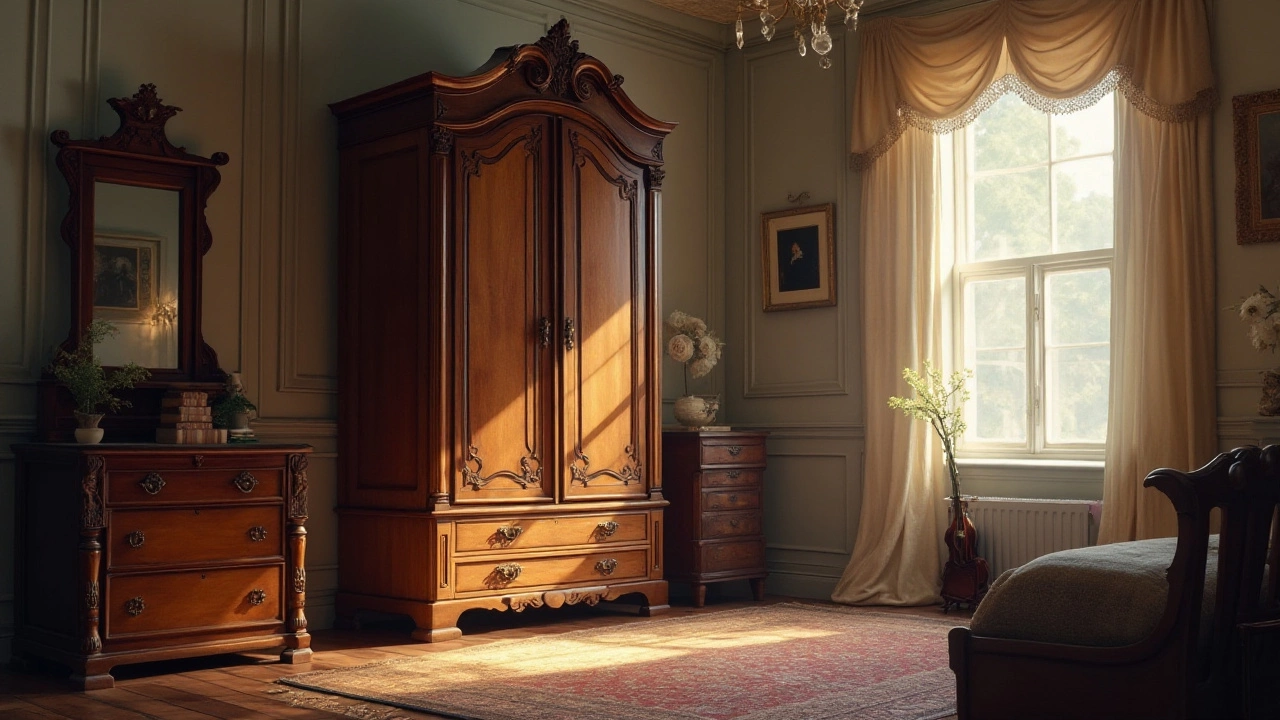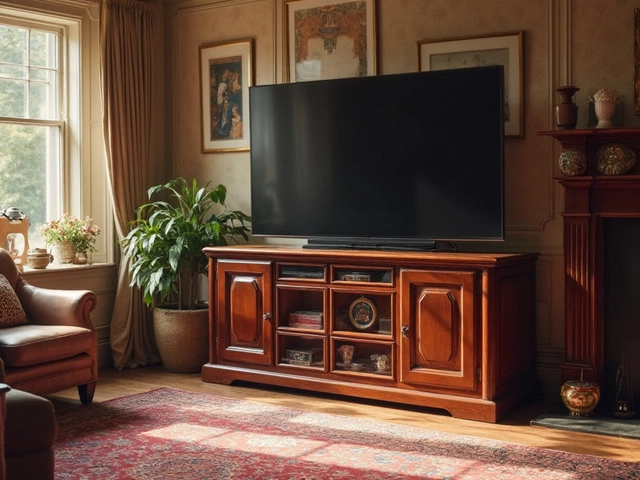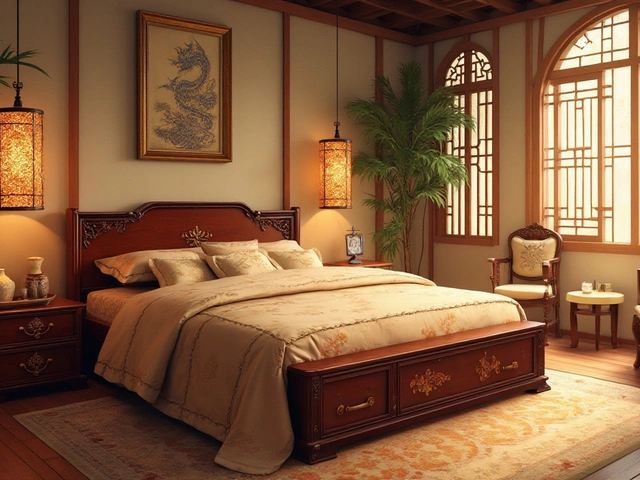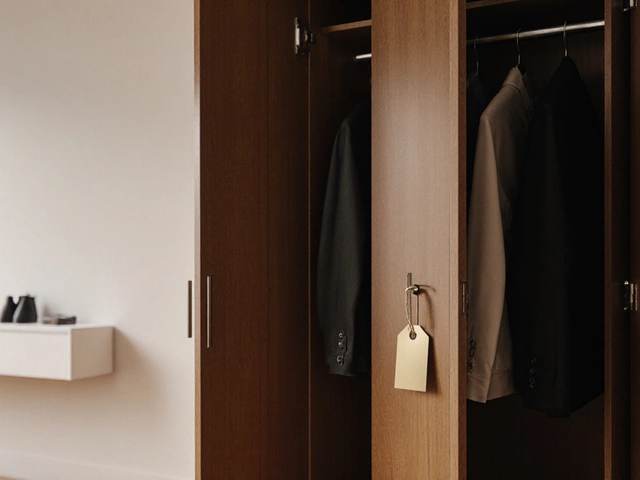Vintage Armoires: Style, Storage, and Smart Buying Tips
If you love the charm of old‑world furniture, a vintage armoire might be exactly what your room needs. These tall, freestanding cabinets combine solid wood, elegant hardware, and plenty of shelves or hanging space. They work in homes, schools, or even office break rooms, giving you a sturdy storage solution with character.
What Makes a Vintage Armoire Different?
First off, vintage armoires are usually made from solid hardwoods like oak, walnut, or mahogany. That means they’re built to last, unlike cheap particle‑board pieces that wobble after a few months. Look for natural grain patterns, brass or wrought‑iron pulls, and a finish that has aged gracefully. If the piece has a patina – a soft, worn look on the metal or wood – that’s a good sign it’s authentic and not a replica.
Second, the interior layout varies. Some have a long hanging rod for coats, others offer deep shelves for textbooks or supplies. For schools, a deep lower shelf can hold boxes of art materials, while the upper hanging space fits student jackets. This flexibility is why many teachers choose vintage armoires for classroom storage.
How to Choose the Right Vintage Armoire for Your Space
Start by measuring the floor area and ceiling height. Vintage armoires can be tall, often 6‑7 feet, so make sure you have enough clearance. Next, think about the weight. Solid wood is heavy; you’ll need a floor that can support it, especially in older school buildings.
When you shop, ask the seller about the condition of the hinges and drawer slides. Smooth operation is key – a squeaky hinge can become a daily annoyance. If you spot any loose joints, check whether the wood can be repaired with wood glue and clamps. Most reputable dealers will give you a guarantee on structural integrity.
Here’s a quick checklist:
- Solid hardwood frame
- Functional hardware (no rust, smooth pulls)
- Even finish without deep cracks
- Sturdy base and level legs
- Interior layout that matches your storage needs
Don’t forget to compare prices with the “cheapest month to buy furniture” guide – you can often score a great deal during end‑of‑season sales or in January.
If you’re on a tight budget, consider restoring a piece yourself. Light sanding, a fresh coat of oil‑based paint, and new brass handles can turn a dated armoire into a standout feature. Just make sure any new finish is low‑VOC, especially for classroom environments where air quality matters.
Looking for inspiration? Our post “Wardrobe vs Armoire: Differences, Dimensions, and How to Choose” breaks down size options and style cues, while “Storage Furniture Ideas: Maximize Space with Smart Storage Solutions” offers creative ways to pair armoires with other classroom furniture.
Finally, think about placement. Put the armoire against a wall that isn’t a high‑traffic walkway to avoid accidental bumps. If you need extra lighting, add a simple floor lamp beside it – the light will highlight the wood grain and make the space feel welcoming.
Whether you’re dressing a historic classroom, upgrading a teacher’s lounge, or adding a statement piece to your home office, a vintage armoire brings durability and style in one package. Keep the checklist handy, shop smart, and enjoy the timeless look of a well‑chosen armoire for years to come.





